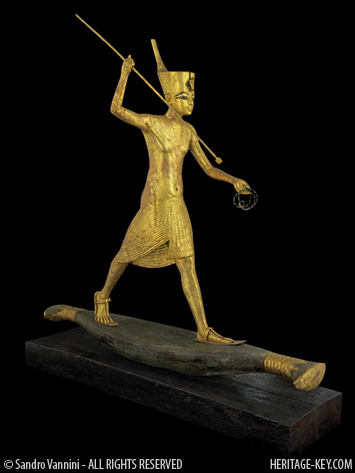Thermopylae is the site where a group of a few thousand Greeks held off a Persian army for three days (including a desperate last stand made on Kolonos Hill, led by the Spartans,on the third day of battle).
desperate last stand made on Kolonos Hill, led by the Spartans,on the third day of battle).
Historians still debate whether the battle was necessary, but in any event the Greeks were eventually successful in repelling the Persian invasion after a naval victory at the Battle of Salamis.
This past weekend a team of Greek scientists, at a conference in Australia, announced preliminary results ofan attempt to reconstruct the landscape of the ancient battlefield. The lead investigator, Professor Konstantinos Vouvalidis of the Aristotle University of Thessaloniki, kindly emailed me asummary oftheir findings.
The findings are early results and no drawings of the battlefield has been made yet.
In the email he explained that his team, used geomorphological, stratigraphical, sedimentological, and palaeontological data derived from 20 drillings with depths ranging from 5 to 35m. Furthermore, the results were supported by geoelectrical sections up to a depth of 40m.
Certainly sounds rigorous!
The team writes that,the morphology in the ‘Central Gate’ of the pass and the battle terrain have changed significantly since 480 B.C.
The rapid sediment accumulation on the Sperchios delta plain westwards and the resultantprogradation of the Malian Gulf shoreline to the east, in response to Holocene sea level rise, have drastically changed the coastal morphology of the Thermopylae pass over the past 2,500 years.
So a modern day re-creation of the battle at Thermopylae, at the site itself,wouldnt be very accurate.
But what was the ancient battlefield like?
Professor Vouvalidis isexpecting carbon-14 dates in September that will help with the reconstruction. With the findings they have so far the team believes that a mix of travertine rock and marshy sediments existed at the time the battle was carried out.
He adds that, The geomorphological and palaeogeographical results of this research are in good agreement with the description by Herodotus of the battlefield of Thermopylae in his book Polymnia (7, 176),
He quoted the relevant text in the email:
As for the entrance into Greece by Trachis, it is, at its narrowest point, about fifty feet wide. This however is not the place where the passage is most contracted; for it is still narrower a little above and a little below Thermopylae. ..
West of Thermopylae rises a lofty and precipitous hill, impossible to climb, which runs up into the chain of Oeta; while to the east the road is shut in by the sea and by marshes…
As the Thessalians strove to reduce Phocis, the Phocians raised the wall to protect themselves, and likewise turned the hot springs upon the pass, that so the ground might be broken up by watercourses, using thus all possible means to hinder the Thessalians from invading their country.
Looks like Herodotus got his geography right.



